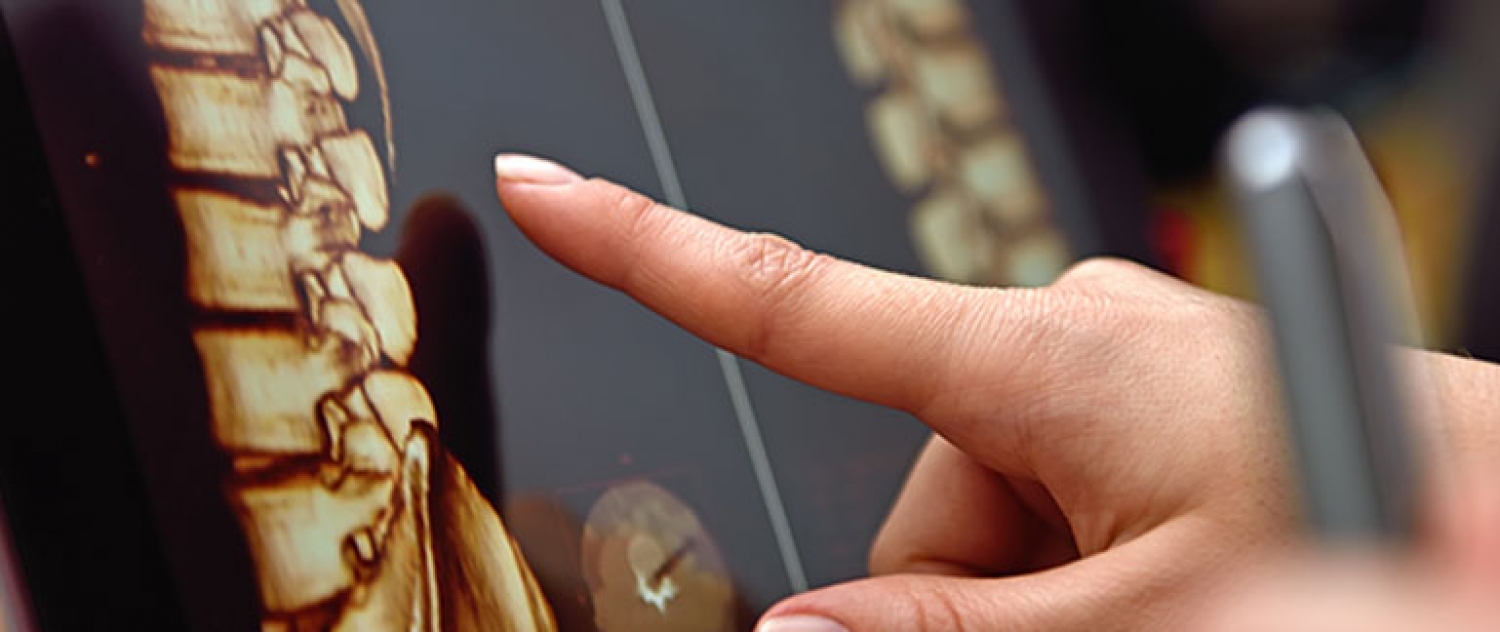
When chronic back pain patients visit Dr. Mark Giovanini at NeuroMicroSpine, they often ask how their condition will be effectively evaluated and diagnosed. There is no singular way of diagnosing chronic back pain because this type of pain can derive from many causes, including a degenerative disease, injury, overuse, old age, and much more. Having said that, the team at NeuroMicroSpine wants every patient to come into their appointment prepared so there’s little confusion about what’s taking place.
So, here’s what you can expect during your appointment with Dr. Giovanini: in order for him to diagnose your condition correctly, Dr. Giovanini will need to run some tests. These diagnostic tests may include blood work, imaging, and a physical examination. During your initial appointment with Dr. Giovanini, a physical examination will be performed to determine the severity and location of your back pain. Dr. Giovanini may ask you to perform certain movements so that he can evaluate your level of mobility.
If at any point the patient experiences pain during the physical examination, Dr. Giovanini will ask the patient to vocalize his or her pain levels on a scale from 0 to 10 with 10 being the highest. Afterward, Dr. Giovanini may manipulate areas of the back and spine to identify possible discrepancies and pain points. Using the patient’s feedback throughout this process, Dr. Giovanini will then determine whether imaging and blood work is necessary. More often than not, these tests are ordered so Dr. Giovanini can come close to a clear diagnosis.
After the results from the blood work and imaging have come in, Dr. Giovanini will request a follow-up appointment to go over the outcomes with the patient. If the imaging doesn’t produce a definitive answer, an interventional diagnostic tool called a lumbar facet block may be administered to determine the location and cause of a patient’s pain. A lumbar facet block is diagnostic and therapeutic in nature, which means it has the power to identify the location of a patient’s pain and provide temporary pain relief.
Combined with the diagnostic tests, Dr. Giovanini will use the results from the lumbar facet block to develop a treatment regimen. If the patient experiences adequate pain relief from the facet block, he or she may eventually undergo radiofrequency ablation, a minimally invasive treatment that uses heat and radiofrequency waves to reduce pain in the spine. This interventional therapy can provide pain relief that lasts anywhere from a few weeks to several months. Alas, radiofrequency ablation should only be used for short-term pain relief, as too many sessions could have undesirable consequences.
With that, Dr. Mark Giovanini may recommend minimally invasive spinal surgery if he believes the patient will benefit from it more than interventional pain therapies.
For more information on minimally invasive spine surgery or to make an appointment with Dr. Giovanini, please call (850) 934-7545 or visit https://www.neuromicrospine.com/request-appointment.
We hope to see you soon!
The advice and information contained in this article are for educational purposes only and is not intended to replace or counter a physician’s advice or judgment. Please always consult your physician before taking any advice learned here or in any other educational medical material.
